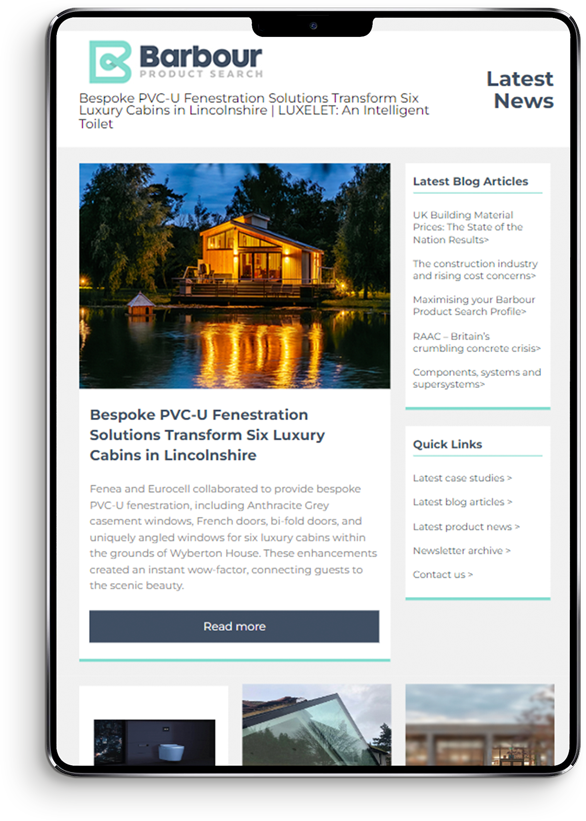The open-plan office was first introduced in Hamburg in the 1950s with the idea that it would benefit collaboration, innovation, and productivity. Whilst open-plan office design continues to be popular, research has shown that this type of environment is far from perfect due to noise distractions, visual distractions and loss of privacy. If we consider the negative side of an open-plan design, then maybe we can create the ideal workplace.
Noise can be particularly distracting in the workplace, so you could consider creating individual offices within the space. Lusso’s acoustic glazed partitioning is especially useful for this purpose as it can separate and integrate different spaces whilst keeping that inclusive environment.
Visual distractions can be annoying at times especially when you need to concentrate or have a deadline to meet, but you don’t always want to be stuck in a room on your own. Privacy is also needed at times. This could be resolved using Lusso glazed partitioning. Either interstitial blinds can be fitted, or turn the glass opaque with the use of switch glass. Another option would be manifestation which would offer partial privacy and would at least still allow natural light into the space.
So, in conclusion, we can have it all. The modern update on open-plan – an inclusive space created with glass to provide a workplace that encourages interaction, collaboration, innovation, and productivity.
The importance of acoustic sound testing in a space should never be underestimated, especially when it comes to open-plan commercial offices. With substandard acoustic performance, one of the cardinal errors of a poorly-designed office, how important is it to test sound levels in life-like scenarios?
More to the point, if an office’s acoustic performance is below par, it can have negative repercussions on employees, affecting concentration, productivity and health. Considering employees’ wellbeing is at the heart of every business; how crucial is it to test a space’s acoustic performance for the sake of its occupants?
• Despite the intention to ignite creativity and improve employee wellbeing, acoustics appear to have been overlooked within the design process of most modern offices. Unwanted sound, or ‘noise’ as it is commonly referred, is a common complaint in offices today.
Creating A Modern Day Open-Plan Workspace
| T | 01275 372293 |
|---|---|
| E | info@lussoltd.com |
| W | Visit Lusso Interiors Ltd's website |
| Lusso Interiors Ltd, Unit 17, Marsh Lane Ind. Estate, Marsh Lane, Portbury, Bristol, Somerset, BS20 0NH |
Categories
Glass Glass, acoustic control



 CROP-comp295602.jpg)






